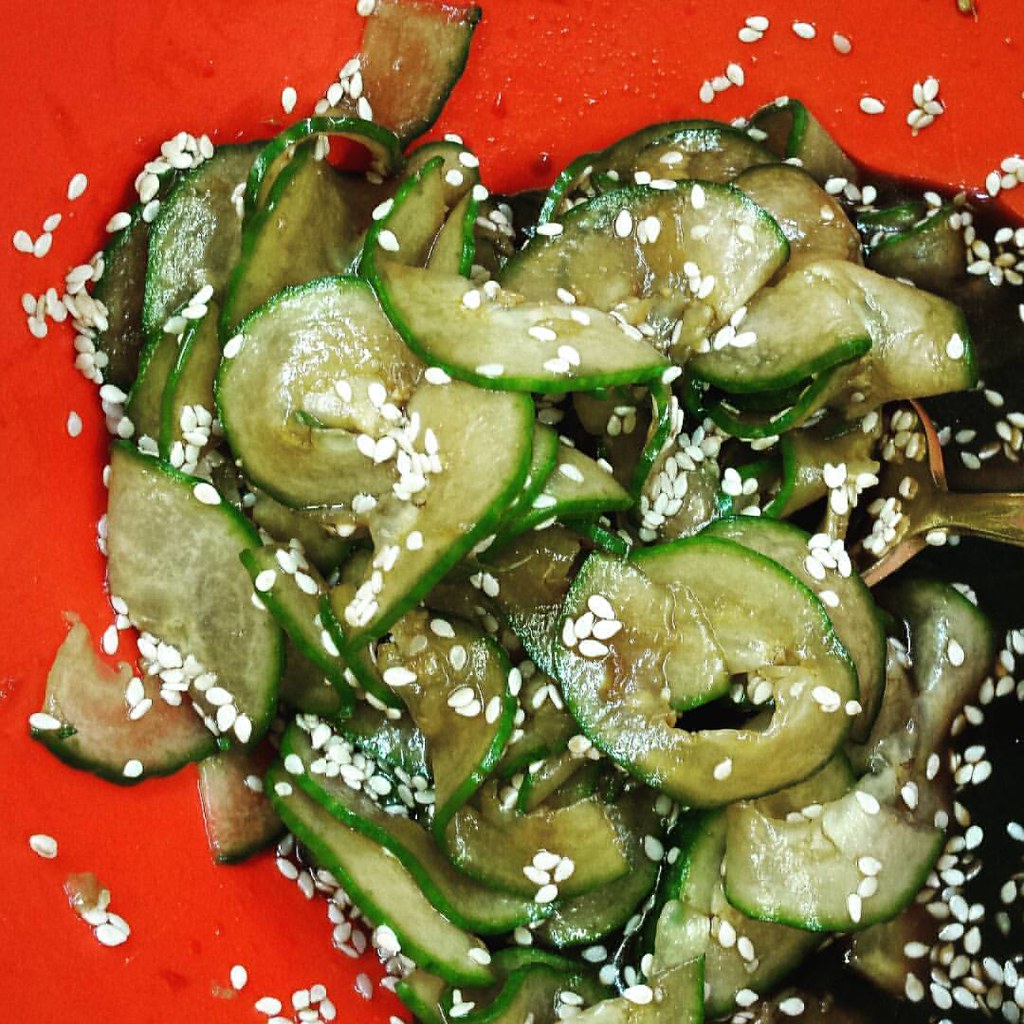Authors: Marilyn Haugen and Jennifer Williams
Publisher: Robert Rose (2015)
I’ve owned my share of kitchen gadgets
over the years. Some, I use regularly – my microplane, a food mill, canning set
(tongs and funnel) and a spice grinder, to name a few – not to mention my mini-arsenal
of small appliances, including my heavy duty stand mixer and food processor. Other
stuff I either bought or was gifted but almost never use. Things like our
garlic press, julienne peeler, egg separator, icing comb and pie divider make
honourable mentions there, no doubt. Then there’s the awkward “middle children”
of my culinary collection – the motley crew of mandolin, potato ricer, cake
leveler and instant read thermometer that are used just enough to warrant their existence in my household but not
enough to be included in my most convenient cupboards or on my counter. I’ve
had to become nothing short of nit-picky when selecting new items to buy,
trying to anticipate just how much I’d use them and how versatile they’d be,
given that I cook and bake both at home but also as a Home Economics teacher. When
the Spiralizer (and it’s various spinoffs) became a craze, I initially held off
– at least until our garden started mass-producing zucchini. Suddenly,
veggie-noodles didn’t sound too bad! Luckily, about the time we had ratatouille
and zucchini-breaded ourselves out of existence, my review copy of 150 Best Spiralizer Recipes by Marilyn
Haugen and Jennifer Williams showed up on my doorstep.
Spiralizer is true to it’s title, being
filled with 150 (mostly delicious-sounding) recipes suitable for almost
everyone. The book is organized largely by diet style, rather than recipe type –
from Paleo and Raw to Gluten Free and Vegetarian / Vegan. For those of you who
are completely new to the art of making vegetables into twirly works of art,
Haugen and Williams have compiled a 13 page primer in the book’s beginning.
Spiralizing Basics (p.8) covers the parts of a generic machine as well as
listing a few other tools that are handy for most applications. Next is The
Spiralizing Pantry (p. 10), a comprehensive listing of how to spiralize what as
well as suggestions for preparing and storing finished spirals. The Pantry also
includes suggestions for flavourings and oils as well as a basic tip-sheet, all
of which combine with the rest of the intro to create a “safety net” that will let
any reader break out their machine with confidence.
 |
| Sunomono |
On the cooking and eating side, the
Spicy Shoestring Jicama Fries (p. 184) were amazing and crisp, albeit a bit too
salty for my taste and a true struggle for my Spiralizer to manage. Sweet
Potato Noodles with Mushroom Marinara (p. 152) sounded delicious but a trial to
spiralize, a tad salty and with a very oily – I found myself wanting much more
mushroom. If I made it again, I would add some dried mushrooms and let them
soften in the sauce. I haven’t attempted any of the “dessert-style” offerings
yet, but it is good to know that the gadget’s not just for savoury things. It’s
important to note, as well, that these authors are not doctors or
nutritionists, and that many of the recipes, while technically “fitting into”
the category they’ve been assigned to, are imbalanced. For instance, most of
the vegetarian and vegan recipes lack protein – a key fact they will realize
but those trying such a diet as a “fad” may not. When in doubt, researching any
or all of the listed eating styles will help readers modify the recipes t suit
themselves.
 |
| Pasta-Touille |
Available on Amazon

